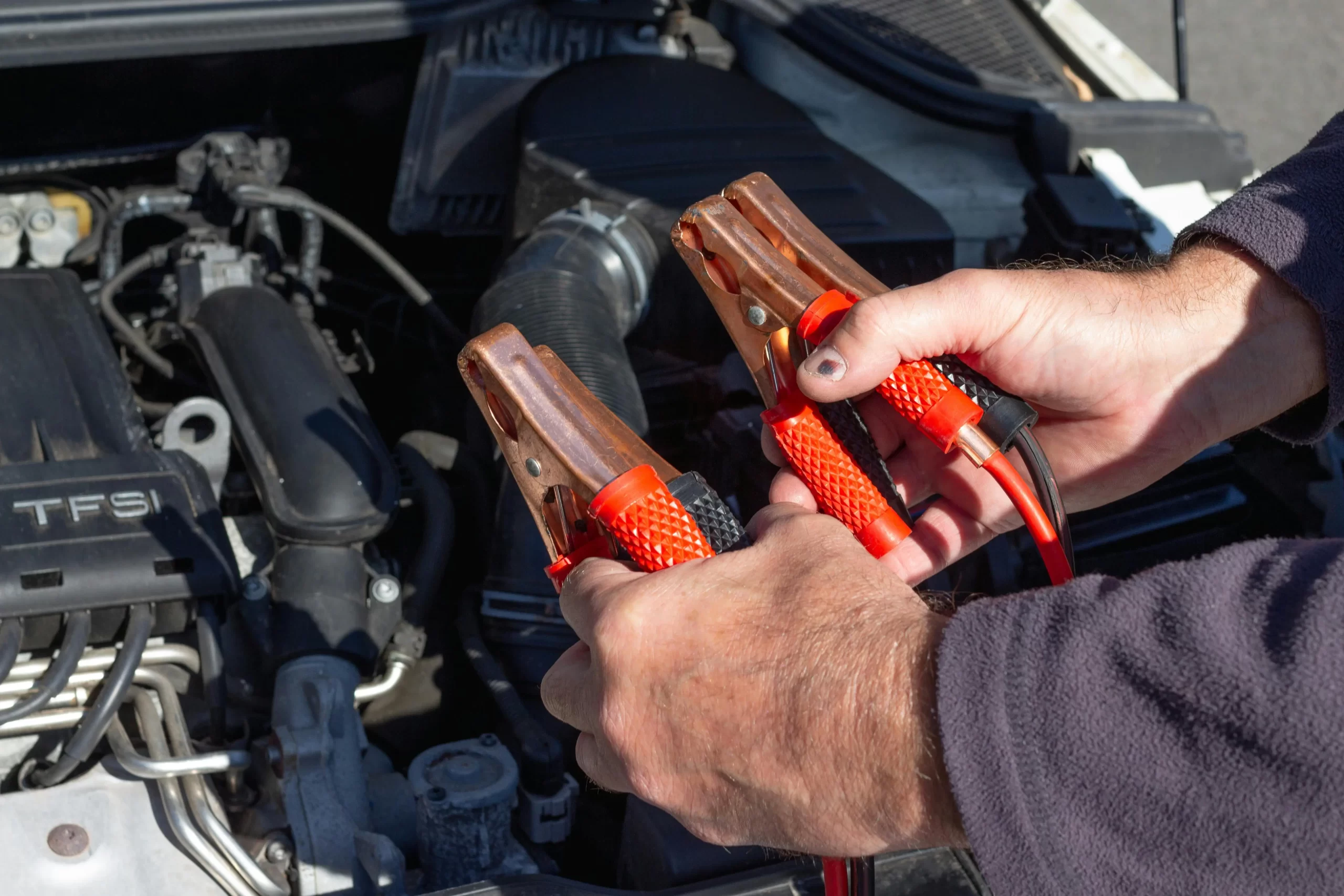
There’s nothing worse than getting into your car and hearing that dreaded click — or worse, nothing at all. A dead battery can happen to anyone, but the good news is that jump-starting your car is a relatively simple task if you follow the right steps. In this guide, we’ll walk you through how to jump-start a car safely and effectively, so you can get back on the road with confidence.
What You Need to Jump-Start a Car
Before you start, gather the essential tools:
- Jumper cables (in good condition)
- Another vehicle with a fully charged battery (same voltage as your car)
- Protective gear like gloves and safety glasses (recommended)
Step-by-Step Guide to Jump-Starting Your Car
1. Position the Vehicles
Park the working vehicle close to the one with the dead battery. Make sure both cars are in park (or neutral if they are manual transmissions), with their ignitions turned off. Engage the parking brakes on both vehicles to ensure they stay stationary.
2. Open the Hoods and Locate the Batteries
Open the hoods of both vehicles and locate the batteries. Identify the positive (+) and negative (-) terminals. It’s crucial to clean off any dirt or corrosion around the terminals to ensure a good connection.
3. Attach the Jumper Cables
Carefully follow this exact order:
- Connect one red clamp to the positive (+) terminal of the dead battery.
- Connect the other red clamp to the positive (+) terminal of the working battery.
- Connect one black clamp to the negative (-) terminal of the working battery.
- Connect the other black clamp to an unpainted metal surface on the car with the dead battery (such as a clean bolt on the engine block). Do not connect it to the dead battery itself — this helps prevent sparks near the battery.
4. Start the Working Vehicle
Turn on the vehicle with the good battery and let it run for a few minutes. This gives the dead battery some initial charge.
5. Attempt to Start the Dead Vehicle
After a few minutes, try starting the car with the dead battery. If it doesn’t start, wait a few more minutes and try again. If the car still doesn’t start after several attempts, the battery may be beyond saving, or there could be a deeper electrical issue.
6. Remove the Jumper Cables in Reverse Order
Once the dead car is running:
- Remove the black clamp from the grounded metal surface.
- Remove the black clamp from the negative terminal of the working battery.
- Remove the red clamp from the positive terminal of the working battery.
- Remove the red clamp from the positive terminal of the dead battery.
Be careful that the clamps do not touch each other or fall into the engine bay during removal.
7. Keep the Jumped Car Running
Let the newly started car run for at least 20 to 30 minutes. Ideally, take it for a drive. This will allow the alternator to charge the battery fully. If you shut off the engine too soon, the car may not restart.
Important Safety Tips
- Double-check cable connections before starting either vehicle.
- Never lean over the battery during jump-starting.
- Avoid smoking or open flames near the batteries.
- Use quality jumper cables — frayed or thin cables can be dangerous.
When to Seek Professional Help
If your car does not start after multiple attempts, or if you notice unusual sounds or electrical issues, it’s best to call a professional. Persistent battery problems could indicate a failing alternator, starter motor, or deeper electrical fault.
Final Thoughts
Knowing how to jump-start a car safely is an essential life skill. With the right tools and knowledge, you can handle a dead battery quickly and safely. Always prioritize safety, follow each step carefully, and do not hesitate to seek help if needed.
For more vehicle maintenance tips and guides, stay tuned to our blog.






Leave a Reply